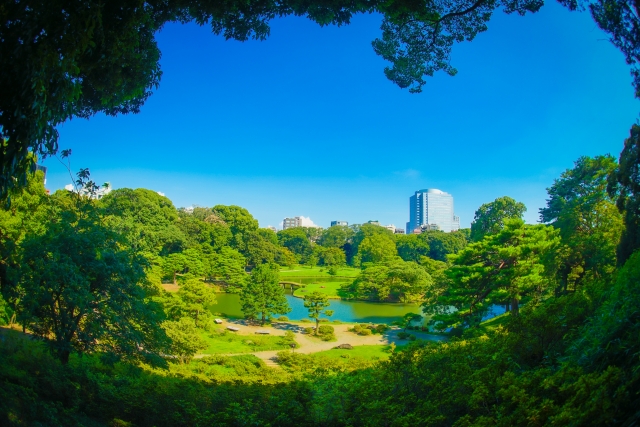For most visitors, Tokyo conjures images of glittering skyscrapers, Michelin-starred restaurants, and the pulse of a city that never truly rests. Yet, for those who know where to look, the Japanese capital reveals another face: an urban landscape interwoven with quiet forests, landscaped gardens, and reflective waters. These natural sanctuaries do more than soothe—they invite travelers to understand the Japanese rhythm of life, where the fleeting beauty of each season is savored as deeply as a fine meal or a treasured work of art.
Why Nature in Tokyo Is a Luxury in Itself
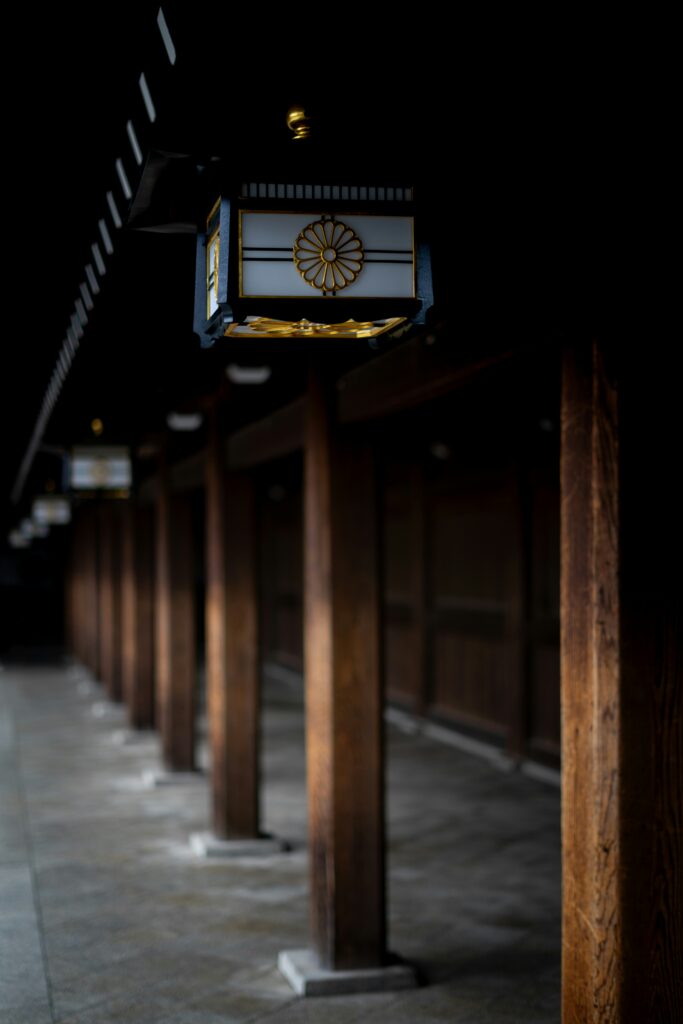
Amid long days of sightseeing and the intensity of city life, time in Tokyo’s green enclaves offers renewal. Jet-lagged minds recalibrate among shaded paths, while hearts attuned to business find balance in the seasonal cycles that Tokyoites themselves hold sacred. Here, luxury is not about extravagance but exclusivity: the rare privilege of stillness in one of the busiest capitals on earth. Pairing these experiences with culinary delights—an elegant tea, a seasonal kaiseki meal, or artisanal sweets—elevates them into moments of pure refinement.
A Model Day in Tokyo’s Natural Elegance
Morning — Sacred Calm at Meiji Shrine Forest
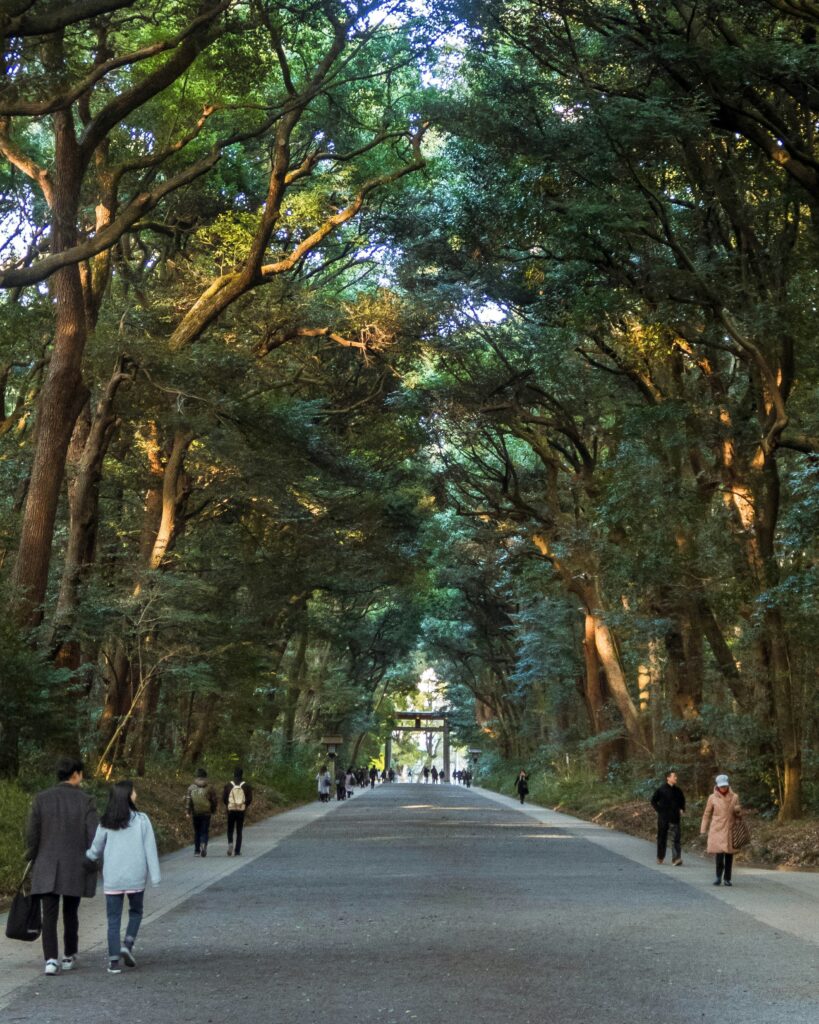
Begin your day at Meiji Jingu, where 100,000 towering trees form a natural cathedral. Arrive shortly after sunrise, around 7:30 AM, when the paths are nearly empty. The crunch of gravel beneath your shoes and the fragrance of cedar and camphor invite mindfulness. Photographers will find that the soft morning light filtering through leaves creates the most ethereal images—best captured without flash, focusing instead on the play of shadow and texture.
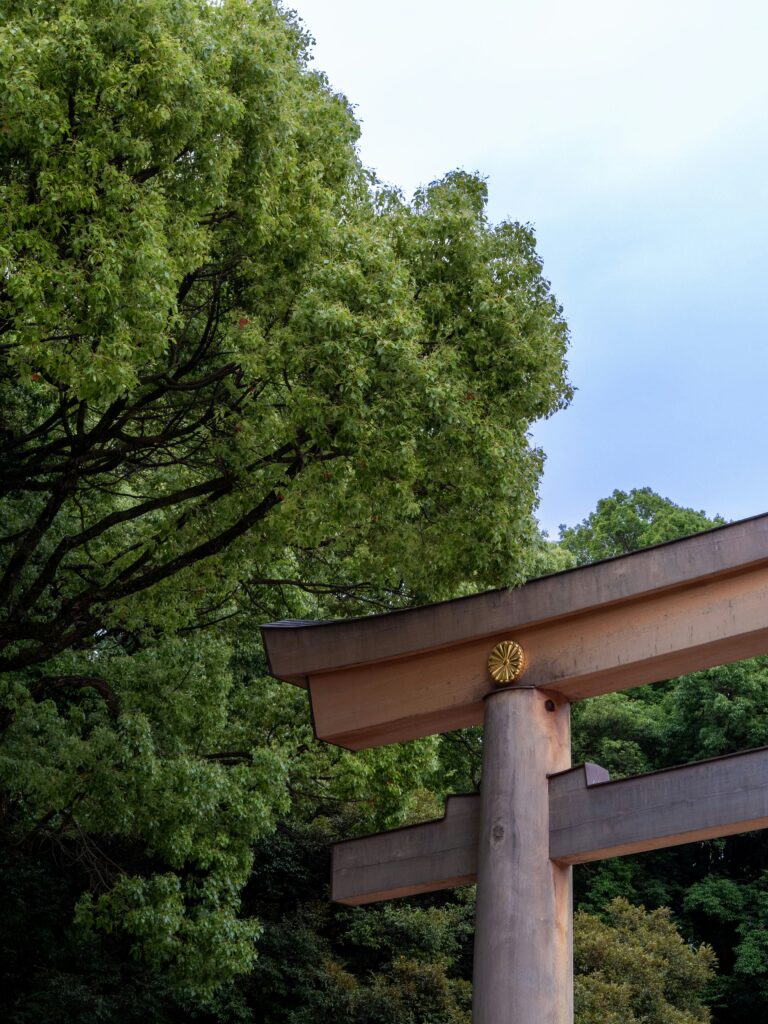
After your walk, enjoy a light Japanese breakfast nearby—perhaps a delicate miso soup and grilled fish at a refined ryotei tucked in Harajuku’s backstreets. The juxtaposition of forest calm and understated morning cuisine reflects Tokyo’s unique harmony.
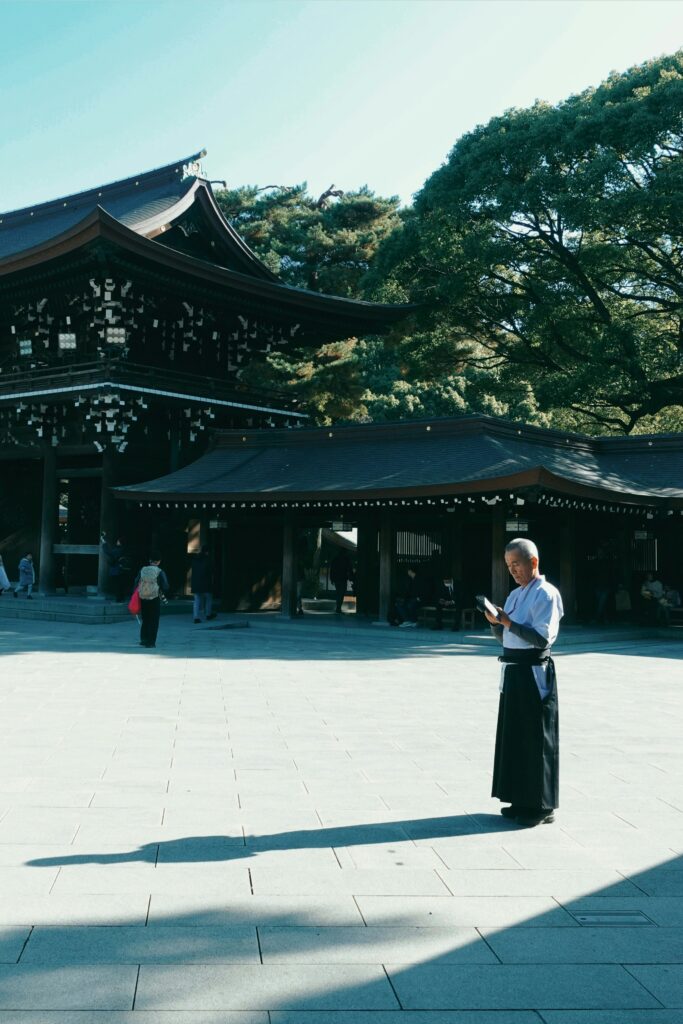
Late Morning — Imperial Palace East Gardens
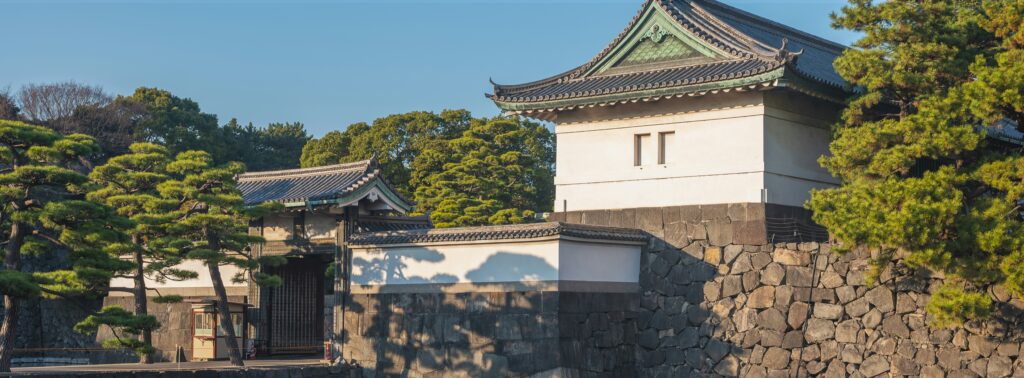
A chauffeured car brings you next to the Imperial Palace East Gardens, where carefully pruned pines frame the vestiges of Edo Castle. Unlike the outer palace grounds, these gardens remain refreshingly uncrowded during weekdays, particularly before noon. For the best photographs, capture the contrast between living greenery and ancient stone walls, allowing wide frames that convey both intimacy and grandeur.
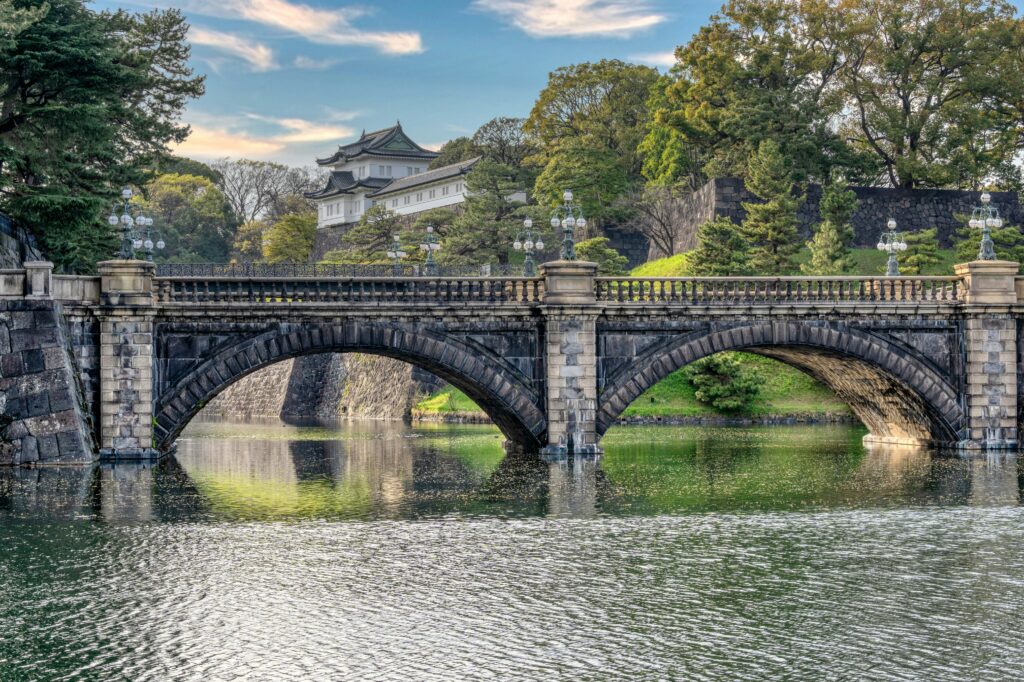
Consider arranging a private guide knowledgeable in Edo history and horticulture. With context, each stone and tree tells a story of resilience, power, and beauty.
Afternoon — Seasonal Beauty and Tea at Rikugien
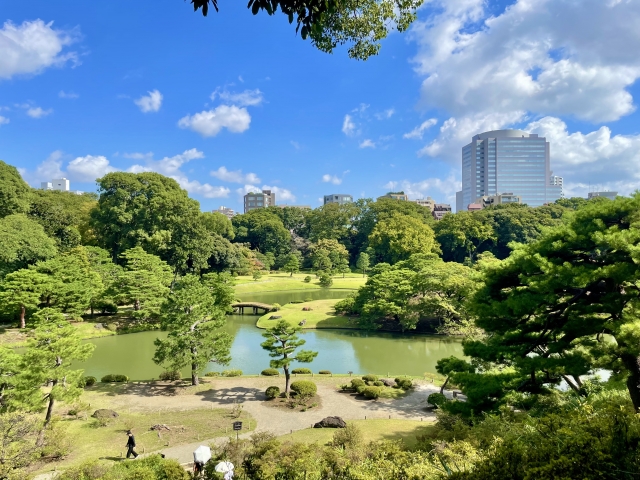
After a leisurely lunch—perhaps a modern kaiseki at a Michelin-starred restaurant in Komagome—step into Rikugien Garden, one of Tokyo’s finest examples of Edo-period landscaping. Here, winding paths reveal carefully staged scenes: bridges over still ponds, crimson maples in autumn, delicate cherry blossoms in spring.
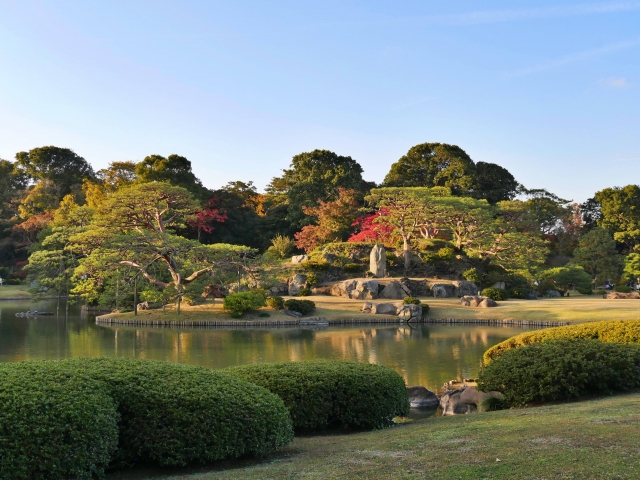
Pause at a teahouse for matcha and seasonal wagashi. In summer, translucent kanten jelly reflects light like glass, while autumn offers chestnut confections that mirror the colors around you. Mid-afternoon is less crowded than mornings, making it the ideal time to linger and photograph the reflection of foliage in the water. Use a slower shutter to catch the stillness of the pond—a secret beloved by professional photographers.
Evening — Riverside Serenity Along the Sumida
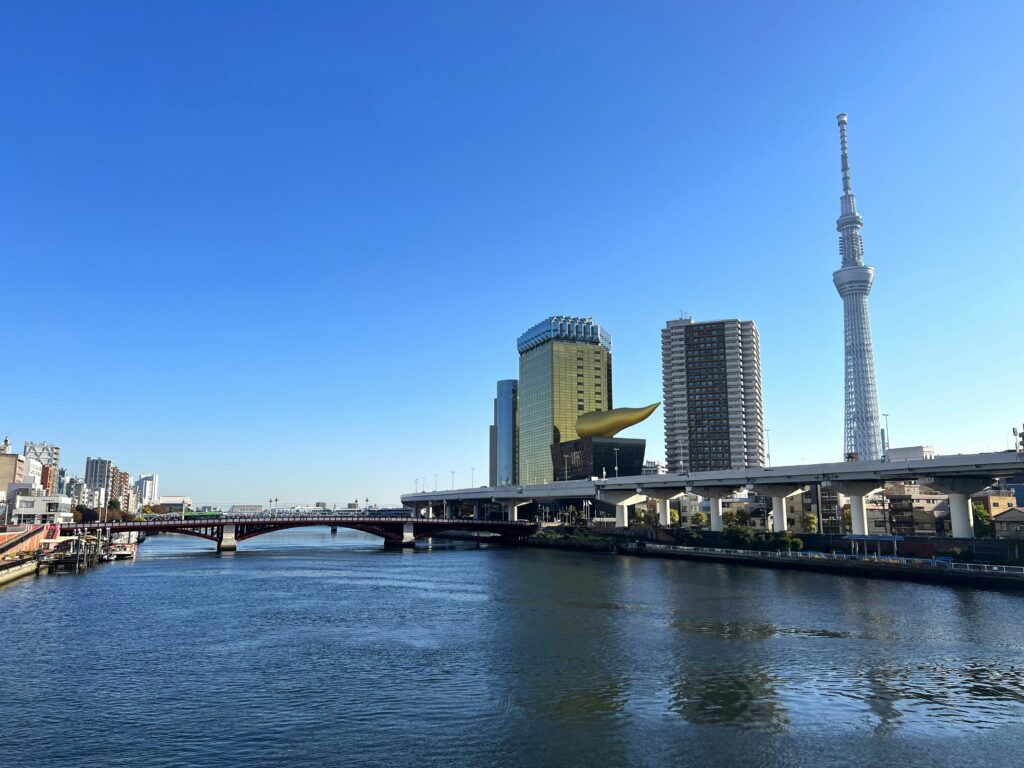
As twilight descends, move to the Sumida River, where water reflects both the fading sky and the sparkle of city lights. A private boat ride is the most elegant option—quiet, smooth, and free from the bustle of sightseeing cruises. For a final culinary indulgence, dine riverside on freshly grilled unagi or tempura, savoring flavors that balance refinement with comfort.
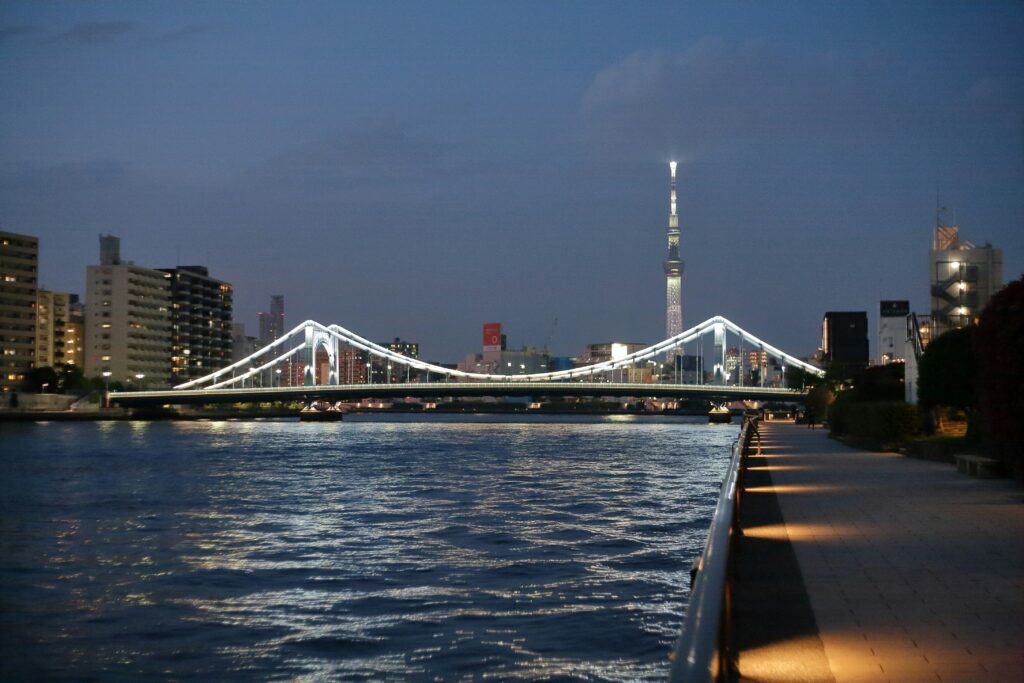
Photographs taken at this hour, when lanterns glow and the sky turns cobalt, will become the most memorable keepsakes of your Tokyo journey.
Tips for Elevating Your Experience
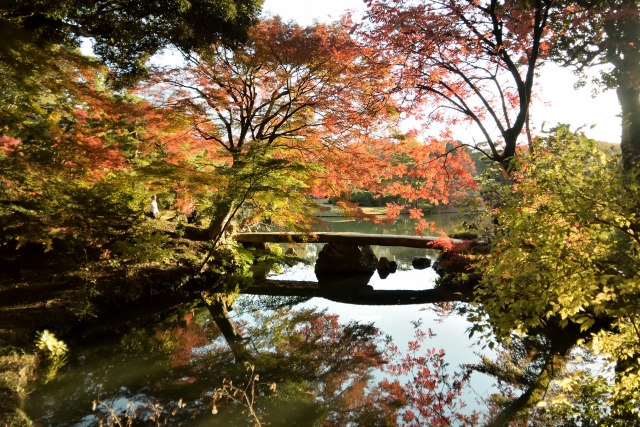
- Timing is Everything
- Arrive early at shrines and gardens to avoid crowds.
- Midweek afternoons are ideal for gardens such as Rikugien or Hamarikyu.
- Twilight is the most magical hour for riverside strolls.
- Gastronomic Pairings
- Enhance your day of nature with meals echoing the seasons: a spring lunch featuring bamboo shoots, a summer dish of chilled somen, autumn matsutake, or winter hotpot.
- Opt for restaurants near each site to minimize travel and maximize immersion.
- Photography Secrets
- Use natural light; Japan’s gardens are designed with subtle illumination in mind.
- Focus on details: moss on stones, ripples in ponds, the framing of a torii gate by branches.
- Early morning and late afternoon offer the softest tones for timeless images.
- Practical Elegance
- Wear polished but comfortable shoes for gravel paths and stone steps.
- Bring a light scarf or parasol in summer; a cashmere wrap in cooler months.
- Always move quietly and respectfully; silence is as much part of the luxury as the scenery itself.
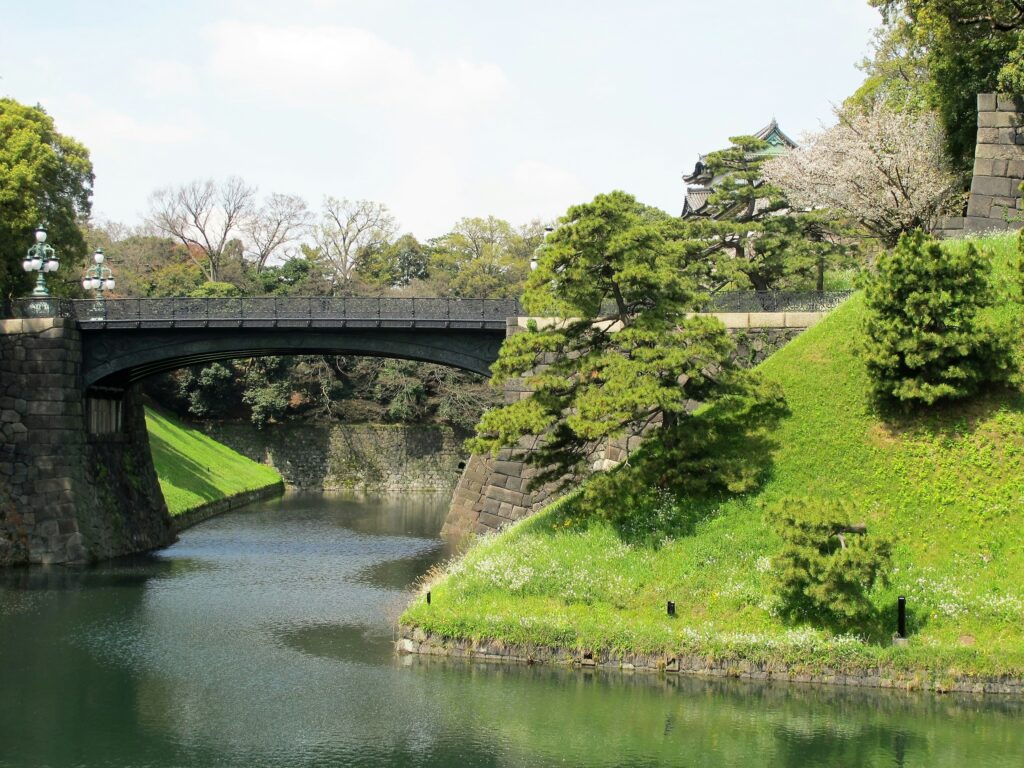
Final Reflection
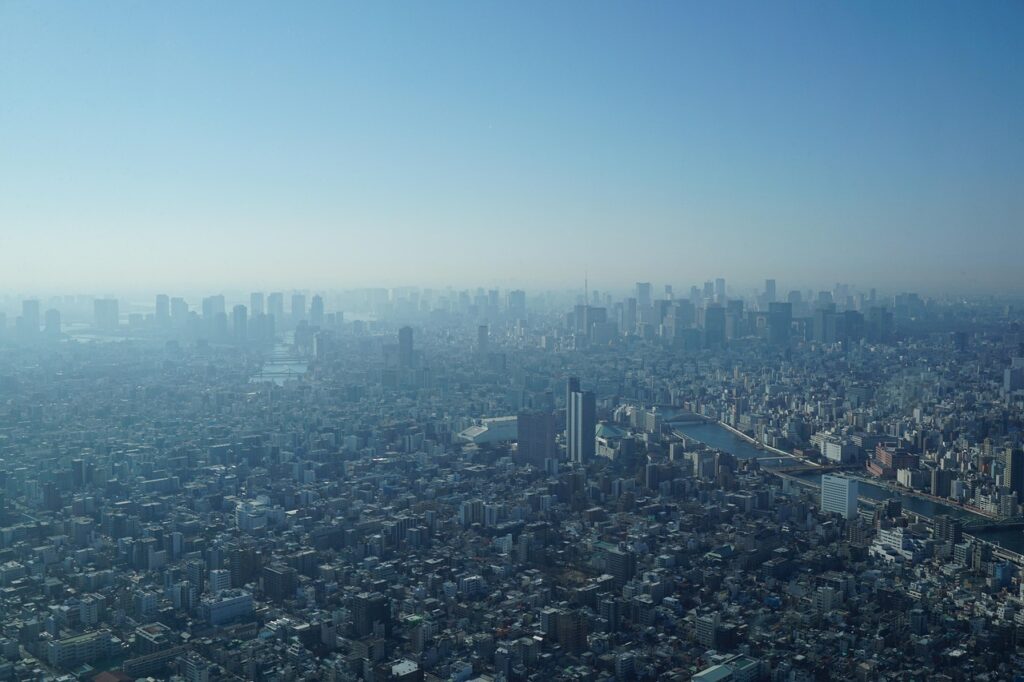
To experience nature in Tokyo is not to escape the city, but to rediscover it. These gardens, forests, and riversides reveal the Japanese art of balance: between tradition and modernity, between fleeting beauty and eternal calm. For the discerning traveler, the true luxury lies not only in Michelin stars or penthouse views but in a single, silent moment beneath ancient trees—followed by the delicate sweetness of wagashi or the glow of twilight on the river.
In Tokyo, nature is not hidden. It waits patiently for those with the curiosity—and the refinement—to seek it.

